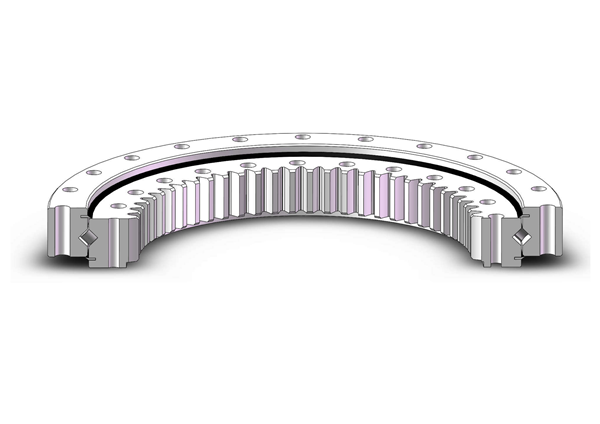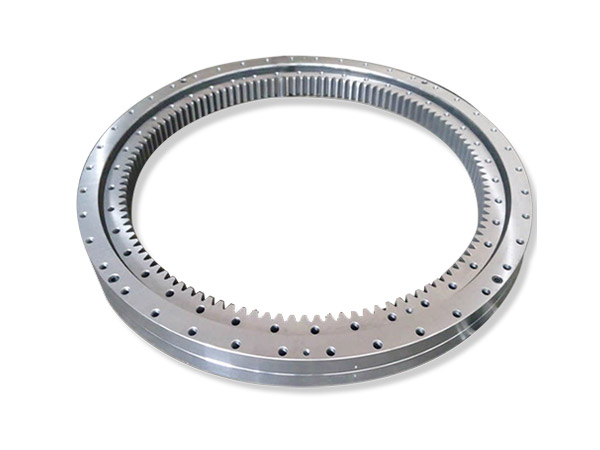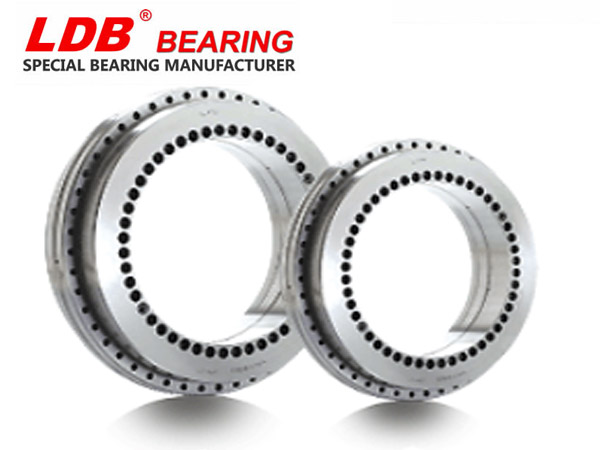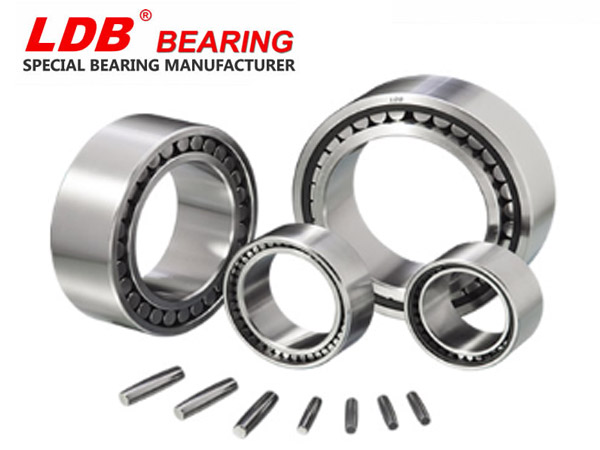¿Se dañará la pista de rodadura de la unidad de giro? Causas de daños en la pista de rodadura y medidas preventivas
La estructura principal del reductor de giro es una estructura en la que el cojinete de giro se usa como seguidor de transmisión y accesorio del mecanismo, y el cojinete de giro en sí mismo se usa para cooperar con la fuente de energía motriz y las partes principales de transmisión para completar la rotación, desaceleración y conducción. El cojinete de giro sigue siendo uno de los componentes más críticos, entonces, ¿se dañará la pista de rodadura del mecanismo de giro? A continuación, Xiaobian le dará una introducción detallada.
¿Se dañará la pista de rodadura del mecanismo de giro?
Será dañado. Como un componente importante utilizado por muchas maquinarias de construcción, el reductor de giro inevitablemente tendrá problemas como desgaste y daño por fatiga durante el uso diario. Debido a su estructura giratoria, es inevitable que la pista de rodadura se dañe durante el trabajo. . Además de la rigidez insuficiente de las materias primas en el proceso de fabricación, las razones del daño a la pista de rodadura pueden incluir un diseño estructural irrazonable y una precisión de fabricación insuficiente del reductor. Veámoslo en detalle:

Causas de daños en la pista de rodadura del mecanismo de giro
1. Proceso de tratamiento térmico
La calidad de procesamiento del reductor rotativo en sí está relacionada con la precisión de fabricación, el estado del tratamiento térmico y el juego axial. Lo que solemos ignorar es la influencia del estado del tratamiento térmico. Además de la fuerza externa, lo más importante para el daño de la pista de rodadura es la depresión y las grietas en la superficie de la pista de rodadura durante su producción. Esto está relacionado con la dureza de la superficie de la pista de rodadura y la dureza de la capa endurecida y el núcleo, y estos factores se determinan en el proceso de tratamiento térmico. Por esta razón, la profundidad de la capa endurecida sobre la superficie de la pista de rodadura es insuficiente y la dureza del núcleo es baja. Un factor más crítico en el daño de su pista de rodadura.
2. Rigidez estructural de la plataforma giratoria
El componente clave que transmite varias cargas entre la plataforma giratoria y el chasis cuando es accionado por engranajes. La rigidez del plato giratorio en sí no es grande. Depende principalmente de la rigidez del chasis y de la estructura del plato giratorio que lo soporta. Cuando la rigidez estructural de la mesa giratoria no es suficiente, la mesa giratoria se somete a grandes cargas excéntricas. La deformación de la placa inferior conectada al mecanismo de giro es más grave, lo que a su vez hace que la carga del equipo se concentre en una pequeña parte de los rodillos, por lo que aumentando la presión en un solo rodillo, lo que da como resultado que la pista de rodadura en contacto también tenga una gran tensión de contacto, que también es una de las razones del daño a la pista de rodadura.

Medidas preventivas para la pista de rodadura del accionamiento rotativo
1. Preste atención a la carga nominal: el accionamiento giratorio no debe sobrecargarse;
2. Selección del modelo correcto: seleccione el mecanismo de giro adecuado según sus necesidades. Al comprar la unidad de giro, debe calcular estrictamente los diversos parámetros de la unidad de giro y seleccionar el cojinete de la plataforma giratoria que se adapte a las necesidades reales. daños en la carretera;
3. Preste atención al mantenimiento: realice un mantenimiento regular y agregue regularmente aceite lubricante al accionamiento giratorio. Solo a través de un mantenimiento y mantenimiento razonables podemos garantizar que la pista de rodadura de la unidad de giro no se dañe fácilmente y prolongar la vida útil de la unidad de giro.
Lo anterior es la respuesta a la pregunta de si se dañará la pista de rodadura del mecanismo de giro. Incluye las razones del daño de la pista y las medidas preventivas. De hecho, ya sea el dispositivo de accionamiento o el cojinete mismo, como partes mecánicas, existe un cierto límite de fatiga, que debe basarse en Use la guía razonablemente y manténgala adecuadamente, para desempeñar mejor el papel y el valor del equipo.




